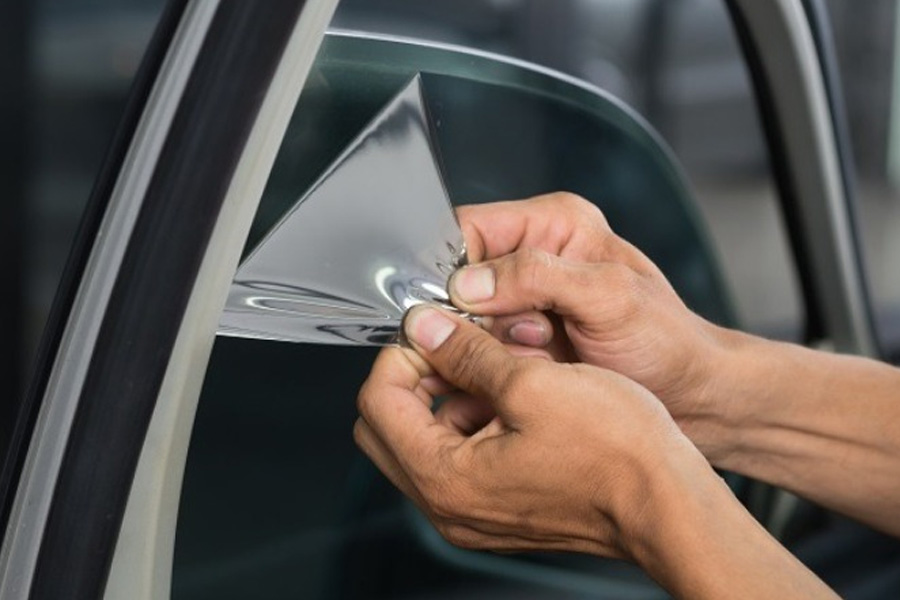
Whether you’re a shop pro or just tinting your ride in the garage, one headache both sides share is wasting film. Material loss slugs your profit and leaves the job looking patchy, pushing you to redo work and making clients impatient. The good news is that picking the right cutting tool can trim that waste, ramp up accuracy, and leave a cleaner finish.
So, let’s break down how a window tint cutting tool upgrades your trim work and spare expensive film.
Why Precision Matters in Window Tinting
Window film is thin, pricey, and usually sold in short rolls. One little slip or rough edge can send an entire length to the bin, hurting time and wallet. Because of that, cutting clean lines is everything.
Poorly cut film:
- Gives jagged borders that refuse to hug the glass shape
- Opens gaps for light to leak, bubbles to form, or edges to lift
- Forces you to trim again or peel off sections, eating minutes and meters
A sharp, well-made cutter stops most of that by giving smooth lines and a steady hand.
Types of Window Tint Cutting Tools
1. Precision Knives
Slim blades help when each piece has to fit a singular corner or curve. A trusted knife feels equalised, holds its edge, and cuts without discovering or snagging:
2. Manual Cutter
Ergonomic and pocket-intimate for small tasks, this tool bears key features:
- A sharp, retractable blade
- Comfortable grip for fixed control
- Snap-off blades for quick substitution
Tip: Always use a new, sharp blade to prevent dragging or cutting the film.
3. Plotters (Digital Cutting Machines)
For shops or expert handling of extreme volume, plotters save time and material. They:
- Cut window patterns digitally, utilising templates
- Minimise human error
- Maximise the habit of each film sheet by organising cuts efficiently
Though plotters are more straightforward, they quickly repay by slashing scrap.
4. Cutting Mats and Guides
A self-restorative mat with a calculation gridiron or straightedge keeps lines clean and stable. These surfaces catch slips and stop misalignment before it starts.
Tips for Reducing Film Wastage
Even the highest in rank gear can fail without a good method. To make each cut count, follow these simple rules:
• Measure Twice, Cut Once:
Double-check each size, especially on curves or angles.
• Use Templates:
Digital files or cardboard patterns promise the same shape each day.
• Keep Your Blades Sharp:
Dull edges of stretch film open to waste.
• Work in a Clean Environment:
Dust, lint, or dampness can ruin an edge or bond, forcing a revision.
• Practice on Scrap Film:
Before working on high-advantage pieces, test your cuts on leftover film to perfect your technique.
Conclusion
Avoiding film giving isn’t just about saving money—it’s about living smarter. With the right window tint cutting finish, you’ll not only maintain your film but also boost the status and efficiency of all tasks.
In an industry place exactness is everything, the forms you use may be the difference between a clean establishment and a harmful do-over.

